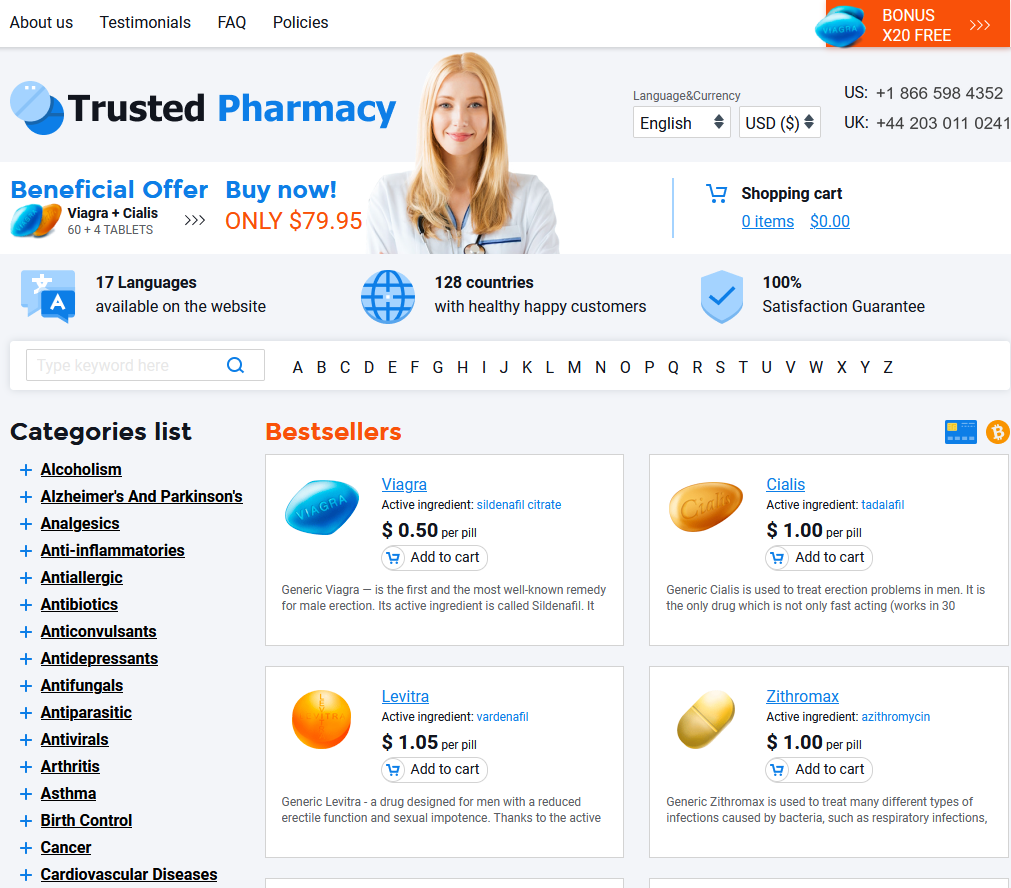Addyi for Women: Real User Experiences
What Is Addyi and How Does It Work
Addyi, known by its generic name flibanserin, emerged as the first FDA-approved prescription medication specifically designed to address low sexual desire in premenopausal women. Unlike other medications, Addyi targets neurotransmitters in the brain, aiming to restore balance and enhance sexual interest over time. Women are instructed to take the pill daily, typically at bedtime, to reduce the risk of side effects like dizziness or low blood pressure.
What makes Addyi unique is that it isn’t a “quick fix.” Unlike drugs used for male sexual health, Addyi focuses on long-term neurochemical adjustments rather than immediate physiological changes. Many women discover that results develop gradually, with consistent use being key to its effectiveness.
| Aspect | Details |
|---|---|
| Active Ingredient | Flibanserin |
| Usage | Daily, at bedtime |
| Purpose | Increase sexual desire |
| Target Group | Premenopausal women |
Who Is Taking Addyi: User Demographics Unveiled

Over the past several years, addyi has emerged as a treatment designed primarily for premenopausal women struggling with hypoactive sexual desire disorder (HSDD). Most users are in their late 20s to mid-40s, reflecting the condition’s prevalence among women of reproductive age.
Interestingly, demographic data reveals a diverse cross-section of users, spanning various backgrounds, ethnicities, and lifestyles. Some women seek addyi after unsuccessful attempts with counseling or lifestyle adjustments, while others are referred by gynecologists.
A significant portion are working professionals balancing demanding careers with relationships. These users often prioritize both emotional well-being and physical intimacy, seeking solutions to enhance quality of life.
In online support forums and social circles, many openly discuss their experiences, helping to destigmatize conversations around sexual health concerns and treatment options.
The First 30 Days: Initial User Reactions
For many women starting addyi, the first month can feel like stepping into unknown territory. Some report subtle changes in mood or interest within the first couple of weeks, often describing a gradual rather than dramatic shift. The anticipation of possible benefits keeps many hopeful during this early phase. However, it's just as common to encounter moments of uncertainty or impatience, especially for those expecting immediate results.
During these initial 30 days, real users often mention heightened awareness of their body's responses. Some women describe being more attuned to intimate feelings, while others focus on monitoring for any side effects. Open conversations with partners or healthcare providers tend to be common support strategies.
Fatigue, dizziness, or mild nausea are typically reported, but not everyone experiences them. Early feedback often revolves around finding a balance between optimism and patience as the body adjusts.
Ultimately, the range of initial experiences is broad. Still, many agree that the first month with addyi is a period of learning and self-observation, laying the groundwork for potentially longer-term benefits.
Benefits Reported by Real Women on Addyi

For many women using Addyi, the most notable changes are subtle but meaningful. Some describe feeling a renewed sense of intimacy and emotional closeness with their partners, attributing these changes to a gradual return of sexual desire. Improved mood and a boost in self-esteem are commonly mentioned, as women regain confidence in their relationships and bodies.
Others highlight practical benefits, such as feeling less stressed during intimate moments and experiencing fewer feelings of frustration or inadequacy. While responses vary, real user stories frequently emphasize how Addyi becomes a turning point, helping them reconnect with both their partners and themselves on a deeper level.
Common Side Effects and How Users Cope
Mild headaches, dizziness, and sleepiness often surface when women begin using Addyi. Some users describe adjusting their routines—shifting their medication time to night or ensuring good hydration—to manage these effects. Others mention planning quieter days after starting Addyi, giving their bodies a chance to adapt.
Support from healthcare providers appears crucial. Women often consult their doctors for personalized advice or alternative coping strategies. Community forums also become valuable, where real-life tips and encouragement are exchanged among users.
| Reported Side Effect | User Coping Strategy |
|---|---|
| Headache | Hydration, over-the-counter pain relief |
| Dizziness | Taking Addyi at bedtime |
| Sleepiness | Adjusting daily schedule, timing medication |
Expert Opinions Versus User Experiences Compared
Doctors typically approach Addyi from a clinical standpoint, focusing on research data, statistical benefit, and safety profiles. Many experts point out that the drug offers modest improvements for select women with hypoactive sexual desire disorder, while emphasizing the importance of monitoring side effects.
However, women who use Addyi tend to describe much more nuanced stories. Some share noticeable improvements in their mood, intimacy, or sense of connection, beyond what clinical data might suggest. Others feel frustrated if results fall short and side effects linger.
The disparity between expert analysis and personal experiences highlights the importance of individualized treatment. User stories can reveal subtle benefits or unexpected drawbacks that aren’t always captured in studies, providing a more complete picture for those considering Addyi.

